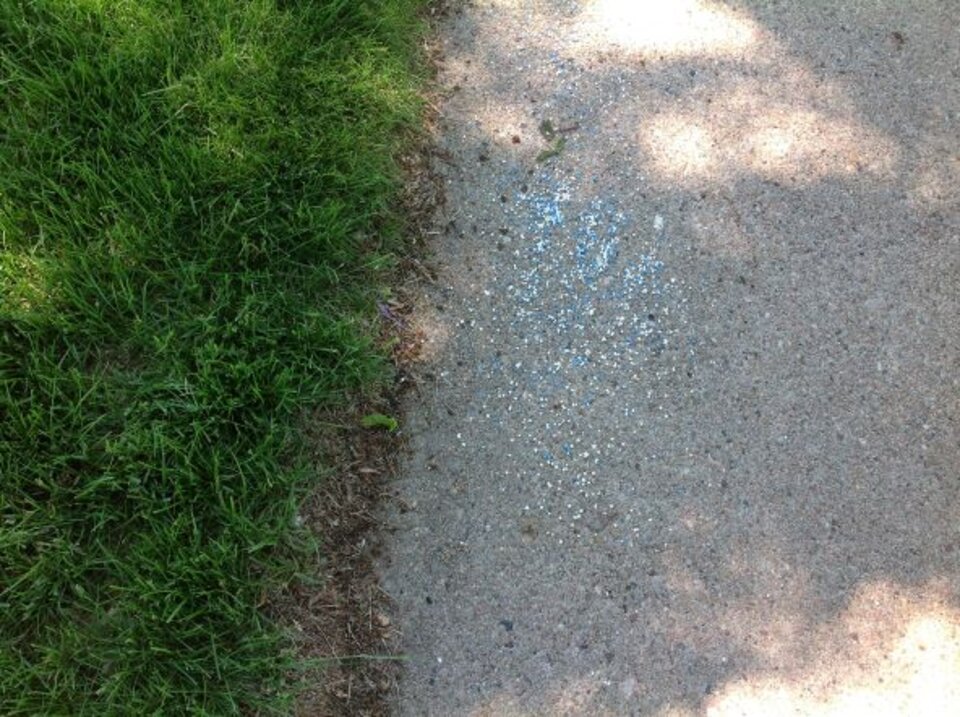Lawns, Water Quality and Phosphorus Fertilizer

Phosphorous is an essential plant nutrient. Phosphorous can also lead to impaired water quality in surface water like lakes and ponds. Applying phosphorous responsibly is important to turfgrass growth and to water ecosystems.
Phosphorous promotes root, leaf and stem growth in plants. If there is a deficiency, turfgrass will remain green but not grow as vigorously. If it remains deficient, turfgrass can change from dark green to green with some purplish-red pigments and lawns become thin leading to weed growth.
Excess phosphorous in surface water, along with nitrogen, causes algal growth in water. Algal blooms impair water by making it smell and taste bad and lowering recreational value. In severe cases, algae deplete oxygen levels which kills fish.
Phosphorous reaches water bodies in several ways. While lawn and agriculture fertilizers are one, atmospheric deposition, soil erosion, faulty septic systems, animal waste and decaying plant materials are other sources.
It is not clear how much each of these contributes but they are all part of the issue. Homeowners and turfgrass managers can do their part by applying fertilizer responsibly.
Begin by having a soil test done at a private testing lab to determine nutrient needs. Phosphorous is not a mobile nutrient like nitrogen. It binds to soil particles and usually needs to be applied in smaller quantities or less frequently.
At a minimum, apply fertilizers with a low percentage of phosphorous (P). If a soil test indicates P is not needed, apply fertilizers with zero percent until a soil test indicates it is needed. Leaving grass clippings on the lawn can also reduce the amount of fertilizer required.
Fertilizer labels have three numbers that show the guaranteed percentage of nitrogen, phosphorous and potassium. The middle number is phosphorous. In many cases, especially on established lawns, a fertilizer such as 27-3-10 or 26-0-10 is adequate.
When applying fertilizer, do so correctly. Misapplication is a common reason for nutrients reaching surface water. Calibrate spreaders to apply the correct rate. Do not apply fertilizer to drought stressed, dormant or frozen turf. This increases the risk of nutrient run off.
Keep fertilizer on the lawn and off pavement. Fertilizer granules, grass clippings and soil washed off sidewalks and driveways are carried to surface water via storm drains. Sweep these off pavement and onto the lawn.
Leave grass clippings on the lawn when mowing rather than bagging them. This recycles nutrients back to the soil to reduce overall fertilizer needs.
Help reduce run-off of irrigation and rainwater by watering correctly and core aerating lawns frequently to relieve soil compaction and increase water infiltration.
Source: Purdue Extension
This article was reviewed by Roch Gaussoin